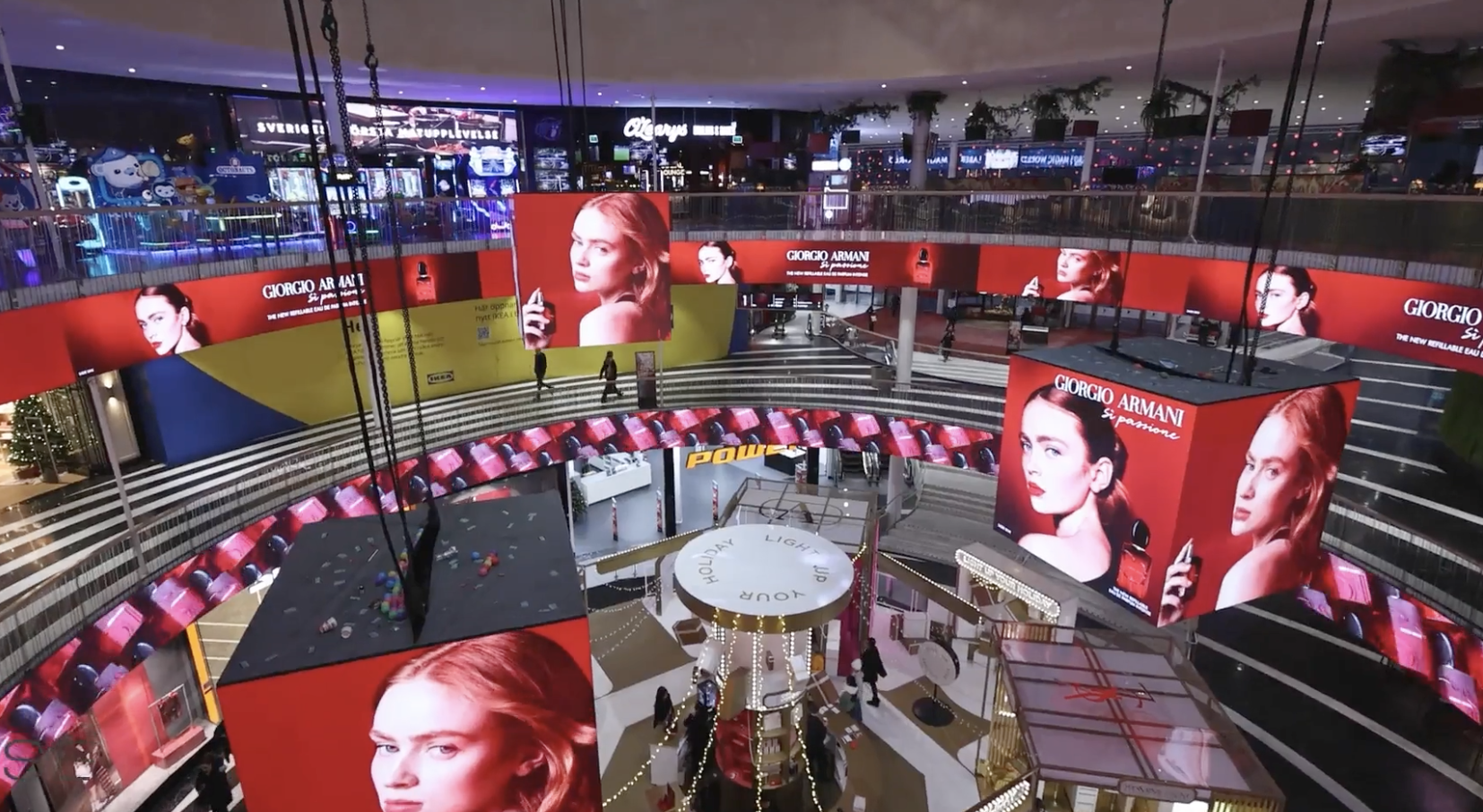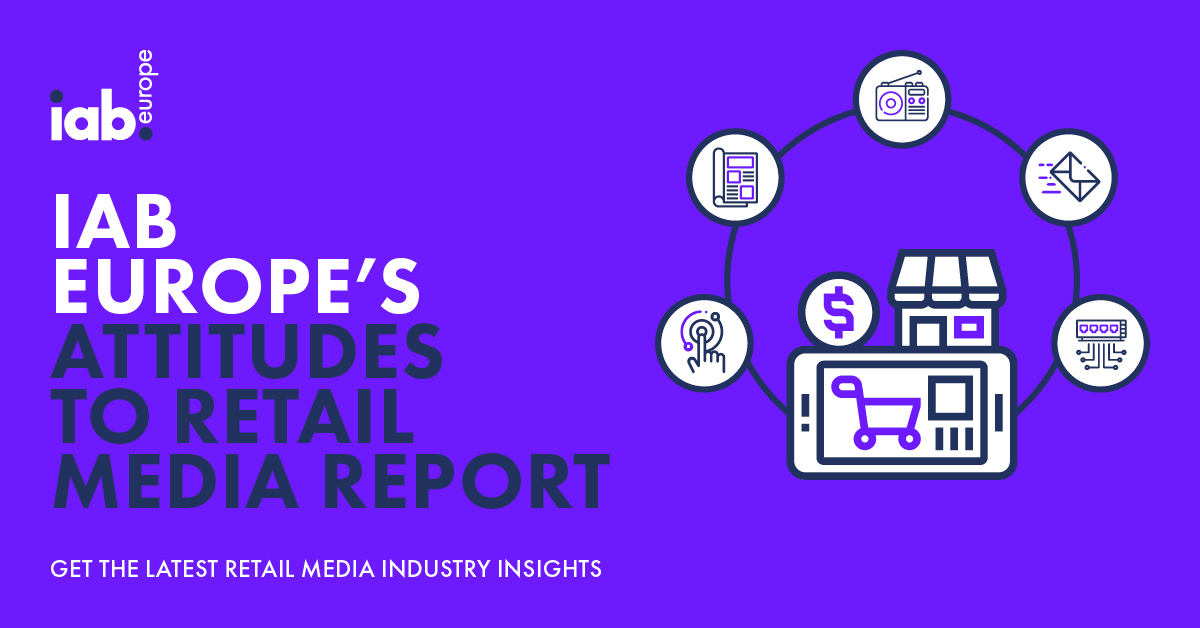With mobile shopping on the rise, your first thought may be to develop and app – but an app is more than just the app part, it involves integrating with all the other digital tools you have at your disposal. Antony Nash, Customer Experience Innovation Manager, NN4M, explains
By the end of 2017 mobile phones will account for more than 60% of digital traffic, much of which will be driven by online shopping. Digital retail is here to stay with the mobile phone firmly on the way to becoming the shopping tool of choice.
While the two primary channels for mobile shopping, the mobile website and mobile app, are both vital for any retailer serious about connecting with their customer in the digital space, it is the app that offers the greater potential for customer interaction, loyalty and conversion. Compared to a mobile website, a shopper using a mobile app generates 2.6 times more revenue (average order value is 50% higher) while apps increase loyalty as users interact with a brand through its app 2.8 times more often than via its mobile website.
This sounds good but without a cohesive mobile strategy, the app alone won’t guarantee success. Many retailers tick all the right boxes but fall short of creating an effective mobile presence. A truly successful mobile retail solution requires the customised integration of native app platforms, retail targeted analytics and strategic push messaging combined with an understanding of the unique needs of the brand’s customers. While the app itself is a powerful tool its effectiveness is limited without the integration and support of these other factors.
Because native apps are built specifically for a particular device and its operating system they can take advantage of many aspects of the device’s hardware and software that are inaccessible to a mobile website. The device’s camera can be used to scan barcodes from within the app in order to quickly search for products or a phone’s GPS can drive location services within the app to find a user’s nearest store. A scanned barcode could immediately find all instances of a specific item at stores within a certain distance of the user’s location.
Leveraging the capabilities of the hardware allows apps to deliver customised content relevant to users when it is most effective. Push notifications can use an operating system’s built in notifications to allow a retailer to interact directly with their customers in real time where and when it matters most.
For example, a notification could be sent informing the user of a discount on an item that customer has previously added to a wishlist when they are near a store that has the item in stock. In this way the integration of the possibilities opened up by native apps and their access to location and customer activity data can be a highly effective method of creating a seamless merging of the offline and online user experiences, delivering online information relevant to specific users’ interests, activity and current circumstances while in an offline environment.
While undoubtedly powerful, tools like push notifications can become counterproductive if not carefully utilized as part of a broader mobile strategy. Sending the right message at the right time can be highly effective but sending the wrong message at the wrong time can be equally effective at testing users’ patience with an app and its brand.
Sending a reminder about items left in an online basket when the user is in store could be a helpful prompt to complete that purchase in-store. Content seen as relevant and timely turns an app into a helpful presence on the user’s device, delivering value with every push. Conversely notifying a male user at 2am that bras are now on sale could be seen as unhelpful spam; the push becomes an annoyance and the app’s value decreases in the mind of the user.
Personalisation of content also extends to in-app recommendations and the customisation of search. A 25 year old man will want different results when searching for “face moisturiser” than a 60 year old woman would. Someone in a warm climate should receive a different list of items when searching for “coats” than someone doing the same search in a cold climate.
Delivering customised search results based on the user performing the search, returning and prioritising results that are relevant to the user’s particular needs and circumstances, reduces friction getting customers more quickly to the products they want, leading to an overall better user experience and increasing customer satisfaction and loyalty.
This type of personalised customer interaction takes into account information such as age, gender, location, shopping habits, previous purchases, current location, whether a customer is new or returning, all of which can all be used to personalise a user’s experience and guide marketing messages ensuring that the right people are getting the right content at the right time.
The delivery of user specific content requires an understanding of the customer that can only be gained from retail targeted analytics. Many app developers simply “bolt on” generic, third party analytics tools that give swathes of very broad data on the behavior of users much of which isn’t always relevant or useful from a retail perspective.
Retail focused analytics provide retailers with easy to understand insights into many aspects of user activity from the search terms and items customers are searching for, the payment and shipping methods they are using, bestselling items, the impact of push activity on sales, to the conversion rates of the app and how these and other data are split between and relate to new customers, returning customers, the number of items per order and the rate of basket abandonment.
Analytics tools that allow for this kind of deeper segmentation going beyond simple demographics like age and gender are necessary to help retailers refine the relevancy and accuracy of push notifications, customised search results and other user specific marketing activities. The insights and feedback they provide can be fed back into the ongoing development process leading to more effective integration of the various components and refinement of the overall mobile strategy.
The mobile retail strategy should be an ongoing process adapting and evolving as understanding of the different segments of the customer base increases and as the customers themselves respond to changes in both the app and the retail environment. It is no longer enough to simply build it and think that they will come.
Yes users loyal to the brand may engage the app initially but if it is unable to connect and evolve with them in the way and at the times that they need it to then its success and longevity will be limited.
An app developer with a background and experience in retail and an understanding of the unique challenges of mobile retail can create a cohesive and adaptable mobile strategy that takes into account all aspects of the mobile shopper’s journey and needs while crafting a user experience that maximizes the potential for both customer satisfaction and success in the digital space.
The design of the app itself, its integration with the hardware of the device on which it runs, the use of push notifications and the potential for retail focused analytics to guide personalised and effective content delivery are all powerful tools in their own right.
A mobile app developed as part of an overall mobile strategy which utilizes and integrates these tools in a cohesive way is an empowered app, a solution which creates an experience for the end user in which the whole is truly greater than the sum of its parts.








